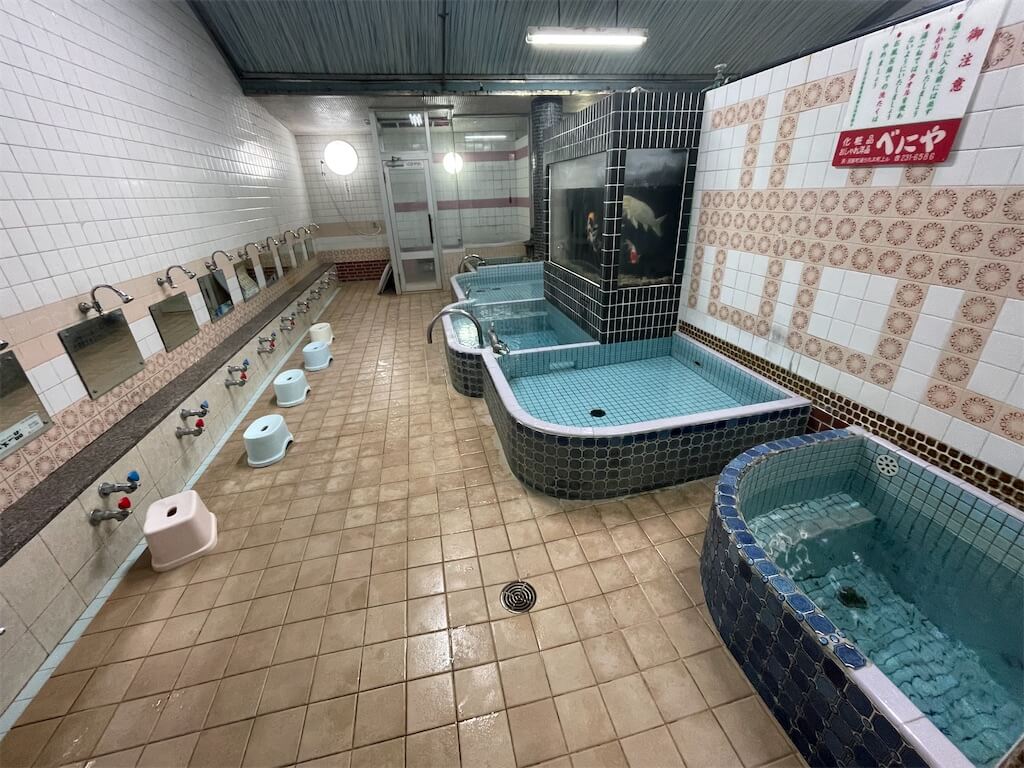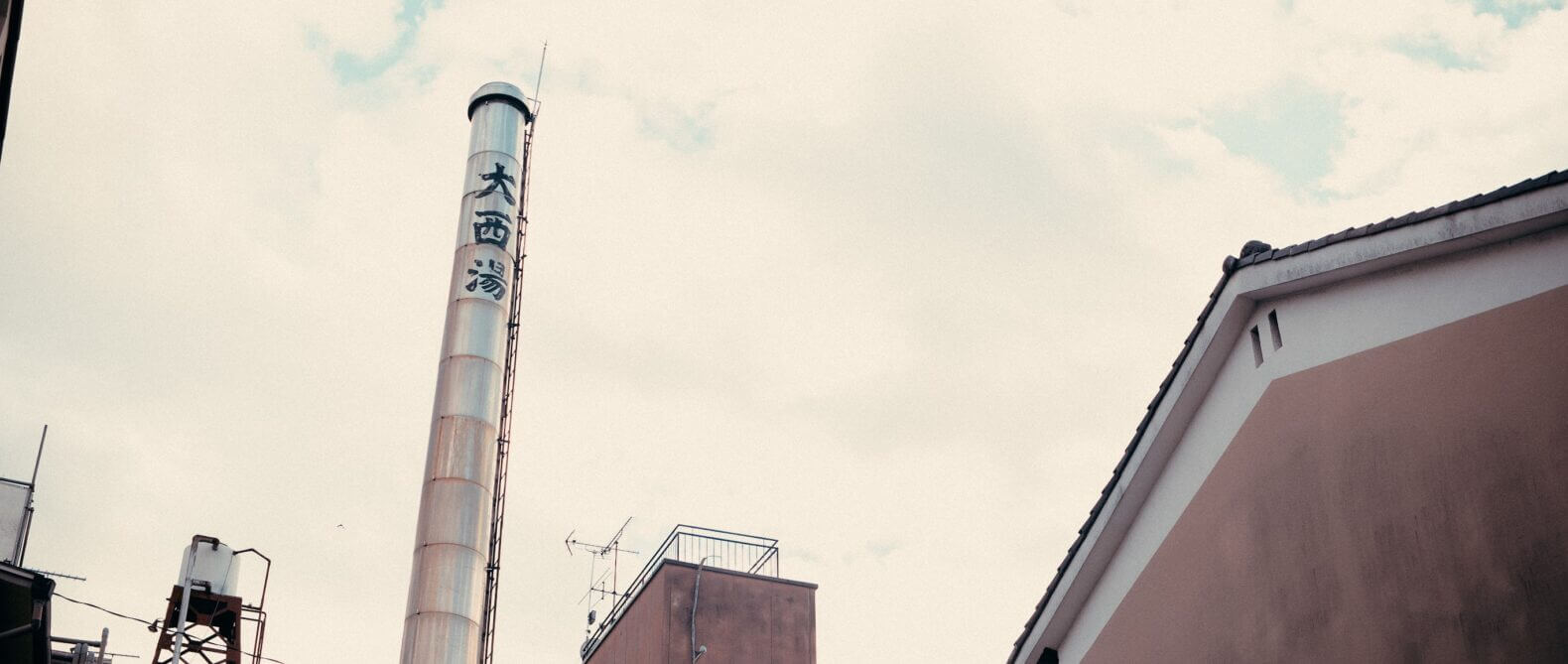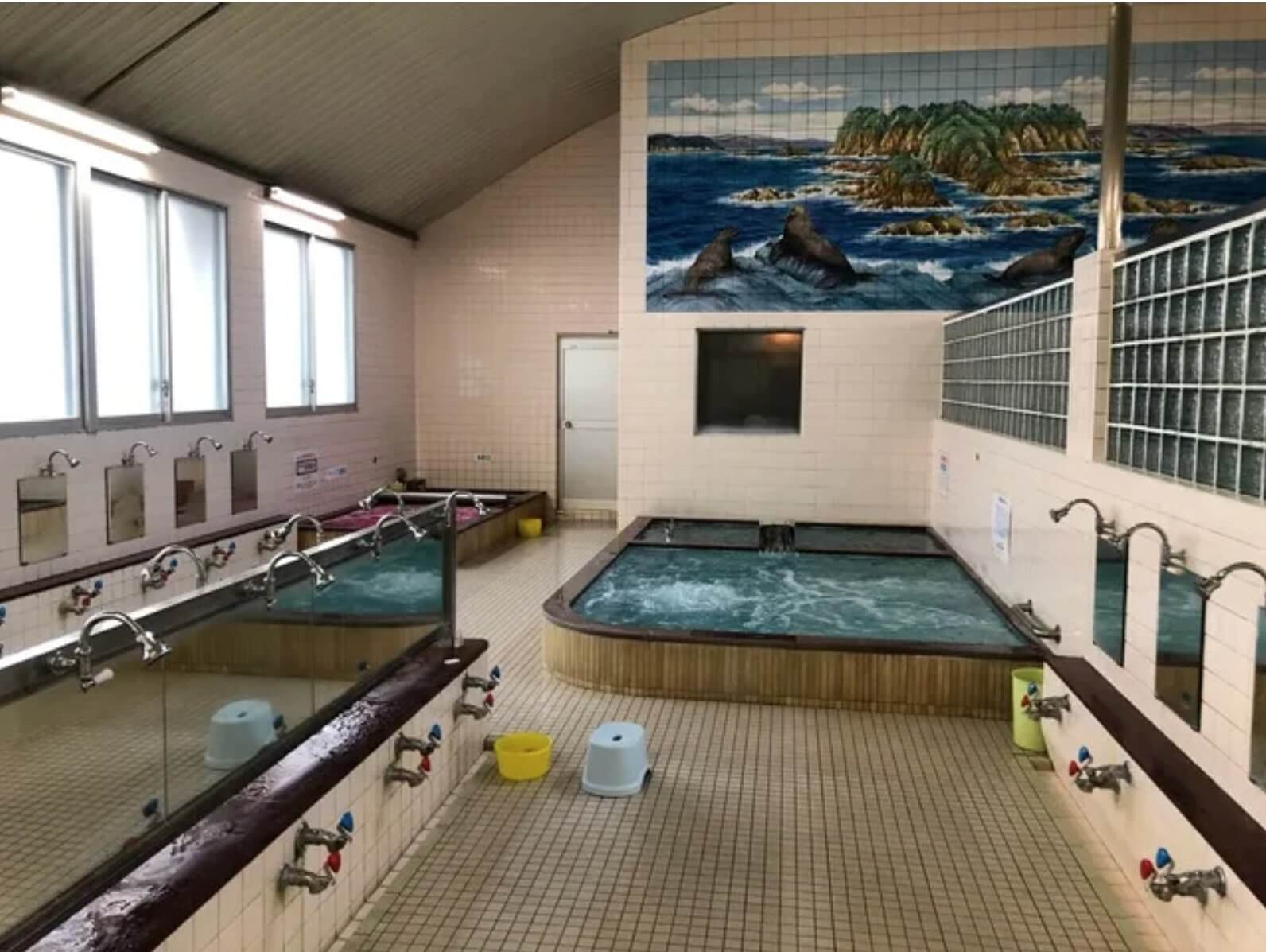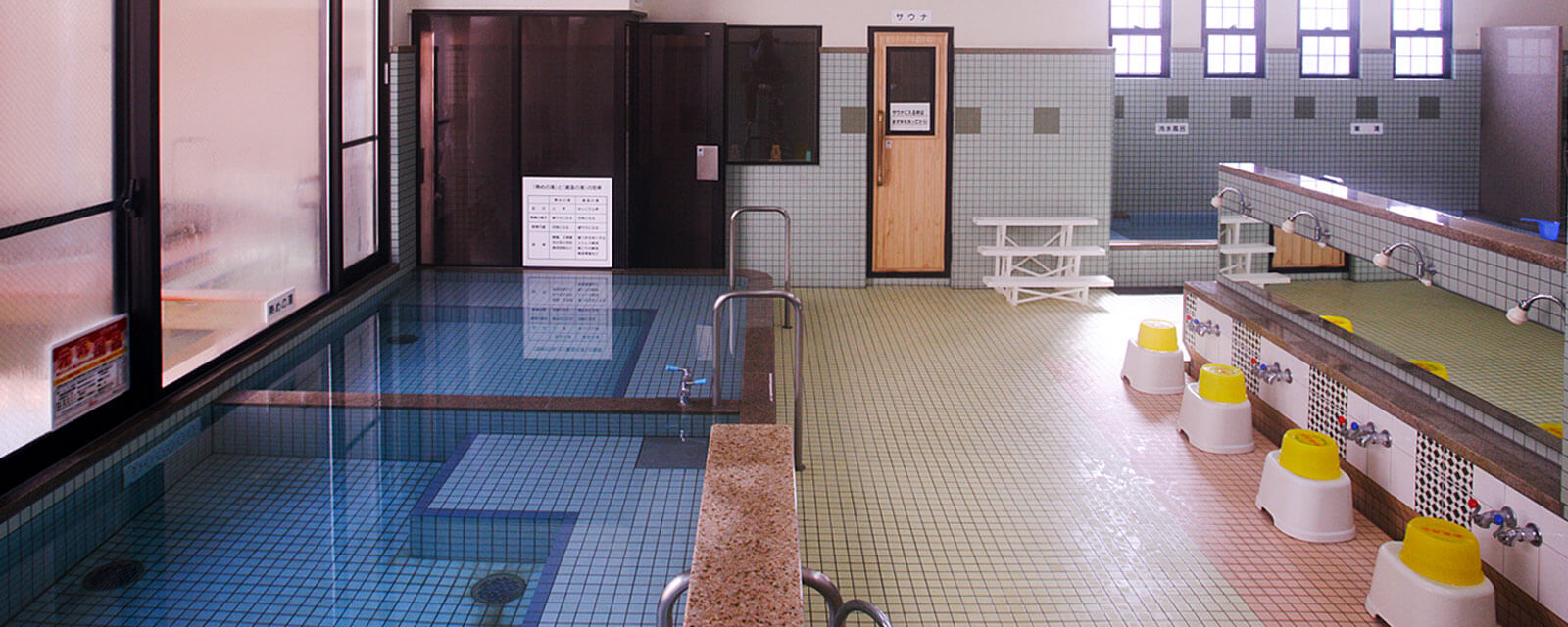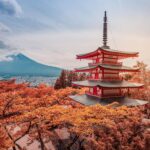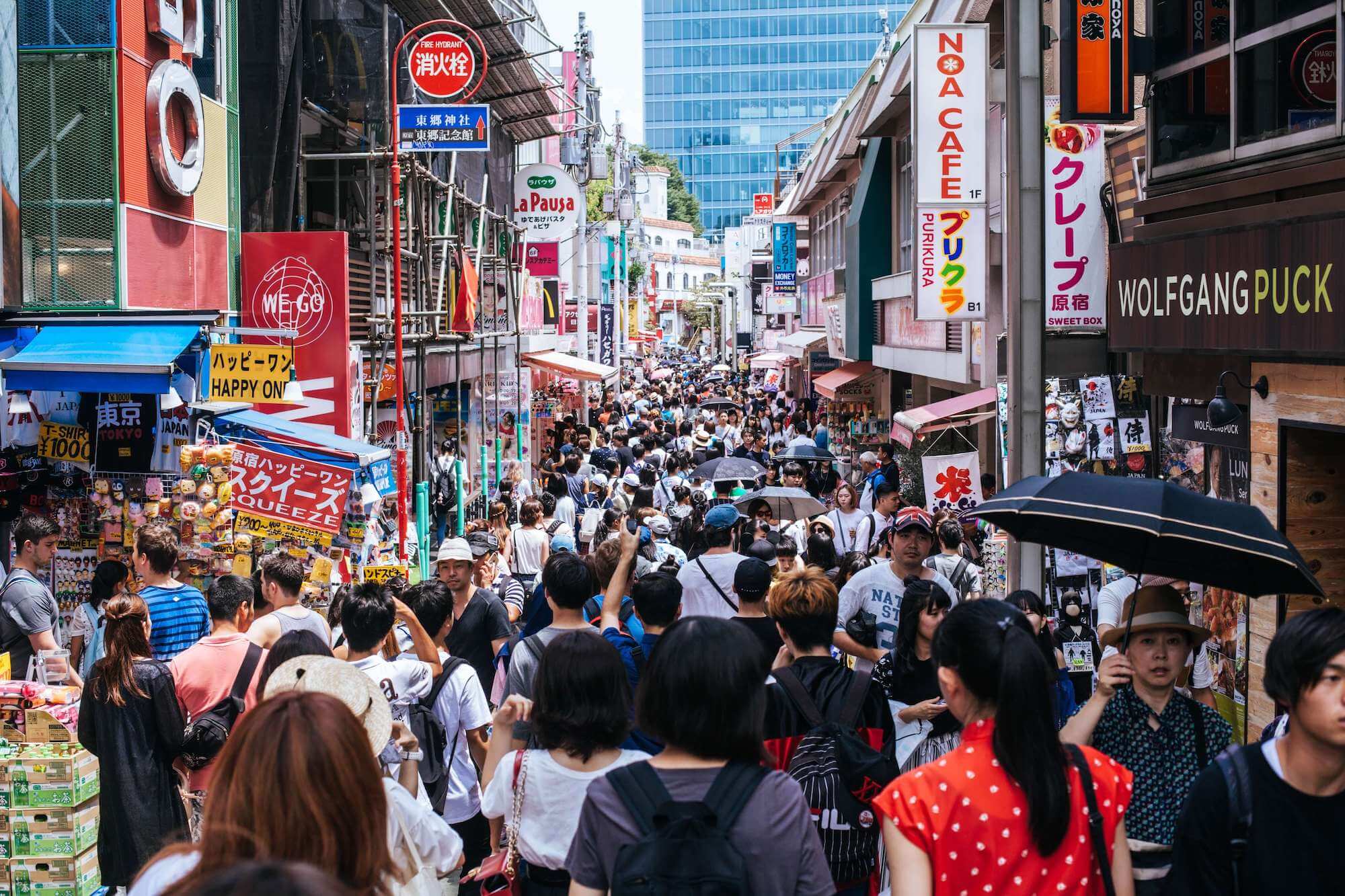Anyone can take a bath at home, but where’s the fun in that? Instead, grab your toiletries and try washing bathing at one of Japan’s many sento, or public bathhouses, but you’d better hurry. Due to the coronavirus pandemic, coupled with the increasingly low patronage, these traditional establishments are quickly closing their doors for good. However, there are several that have withstood the test of time and endured, thanks to the consistent support of faithful bathers. Here are a few of the oldest bathhouses still open and offering guests an unforgettable experience:
Table of Contents
Akebo-no-yu (あけぼの湯), Tokyo
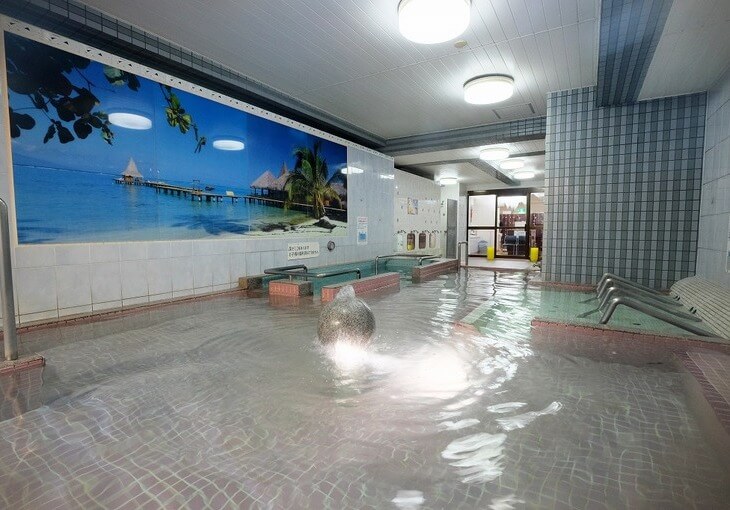
Not only is Akebo-no-yu the oldest sento in Tokyo (founded in 1773, An’ei era), but it’s one of the few public baths in the Tokyo metropolitan area that is also a natural hot spring. In addition to the onsen, Akebo-no-yu provides multiple types of baths throughout its two stories. While the 2nd floor is a type of buffet with a variety of options ranging from milk-like enzyme baths and rock baths, to a mist sauna, the 1st floor provides the larger bathtubs and an open-air bath. Moreover, the 1st floor has a restaurant with a full menu. Parking is extremely limited, but that’s all the more reason to head there on foot and enjoy a cold refreshing beer after your bath.
Google Maps: 3-chōme-12-11 Funabori, Edogawa City, Tokyo 134-0091
Sakurayu (桜湯), Kyoto
Meanwhile, in the nation’s former capital, Sakura-yu has been in business since the Taisho era, which makes it the oldest public bath in Kyoto. This retro sento is conveniently located near the Imperial Palace and once guests enter through the traditional noren, they are taken back in time. Wooden shoe racks, straw stools fill the cozy and quaint interior, while a carp-filled aquarium further helps to relax and unwind while soaking. The deep bath, shallow bath and ultrasonic baths are set to a scalding 43 degrees, while the 22-degree cold water bath will revive you back to reality.
Google Maps: 456 Tawaraya-cho, Kamigyo Ward, Kyoto City, Kyoto Prefecture
Fukai Chuo Onsen (深井中央温泉), Osaka
With one glance at the exterior of Fukai Chuo Onsen, it’s clear that it’s a remnant of a bygone era. The friendly proprietress greets you warmly as you pad across the tatami mats, observe the nostalgic wooden cabinet and head to the modest, yet spacious baths. While not extensive, the deep and shallow tubs are just enough for a nice soft water made from 100% natural well water boiled with firewood. The owner has also been known to provide demonstrations on how to properly heat a bath, for those who are interested.
Google Maps: 757-4 Fukai Kitamachi, Naka Ward, Sakai, Osaka 599-8271
Onishi-yu (大西湯), Nara
Located conveniently close to Kintetsu Nara Station (a 2-minute walk), this Showa-era sento embodies the very feel of “old” Nara. The bathhouse’s large chimney pierces the sky and beckons guests inside to a cheerful host at the bandai (payment counter) and traditional wooden lockers engraved with anachronistic kanji characters. A few options are offered: a deep bath set at 44 degrees and a shallow bath, which also doubles as a medicinal bath full of soothing salts. One in particular, a mixture full of chili and ginseng called “Hiri-Hiri Jikko” is just the type of bath that leaves you full of vigor during winter months. After the bath, a trip to the sauna is recommended to top off the experience, free of charge.
Google Maps: 8 Nakasujicho, Nara, 630-8237
Todo-yu (トド湯), Aomori
Of all the Japanese prefectures, Aomori has the largest amount of sento, but that shouldn’t be surprising. Winters can be brutal, which is why a visit to the old-fashioned—yet maintained—Todo-yu is highly recommended. Similarly to our previous suggestions, Todo-yu provides several choices in its spacious bathroom: ultrasonic baths, black silica baths, relaxing sleeping baths, water baths, and saunas. The main selling point, however, is the tiled mosaic of sea-lions, which is also the sento’s namesake. “Todo” is a sea-lion, but also refers to the image of bathers plopped down and lying in the water like a group of sea lions. Nostalgic and apparently progressive towards bathers with tattoos, Todo-yu hits the spot in winter, or any season.
Google Maps: 2-7-21 Aoyagi, Aomori City, Japan
Inari Kosen (いなり鉱泉), Toyama
In second place with the most sento in Japan is Toyama prefecture, where guests can enjoy the long-standing Inari Kosen, which was founded in 1899. Situated in the middle of Toyama City, this nostalgic hot spring sento has two open air baths, and multiple indoor options ranging from hot water baths to electric, cold water and jacuzzis. Moreover, the bathhouse provides a tatami room for guests who simply wish to take a snooze before or after bathing. Inari Kosen is attached to an affordable hotel, so feel free to simply make a reservation and enjoy a night full of bathing.
Google Maps: 3 Chome-11-36 Inari Motomachi, Toyama, 930-0010, Japan
Conclusion – Japan’s oldest Sento
Sento are all about enjoying yourself and taking time to appreciate an experience outside the confines of your own home. Sure, they may take a little more time and effort, but the end result is something you just cannot capture in your bathroom. It’s a tradition that is worth preserving and keeping alive for future generations. With that in mind, get out there and do some bathing at any of the aforementioned spots—or your local sento— and don’t forget your towel!

Josh Furr
Joshua first came to Japan with his family over 10 years ago and it completely ruined his life (in the best of ways). When he’s not trying to pass the JLPT, he’s researching Japanese history, enjoying 80s J-Pop and dreaming of 牛丼. He’s currently writing, writing, writing…mostly about Japan and video games.


